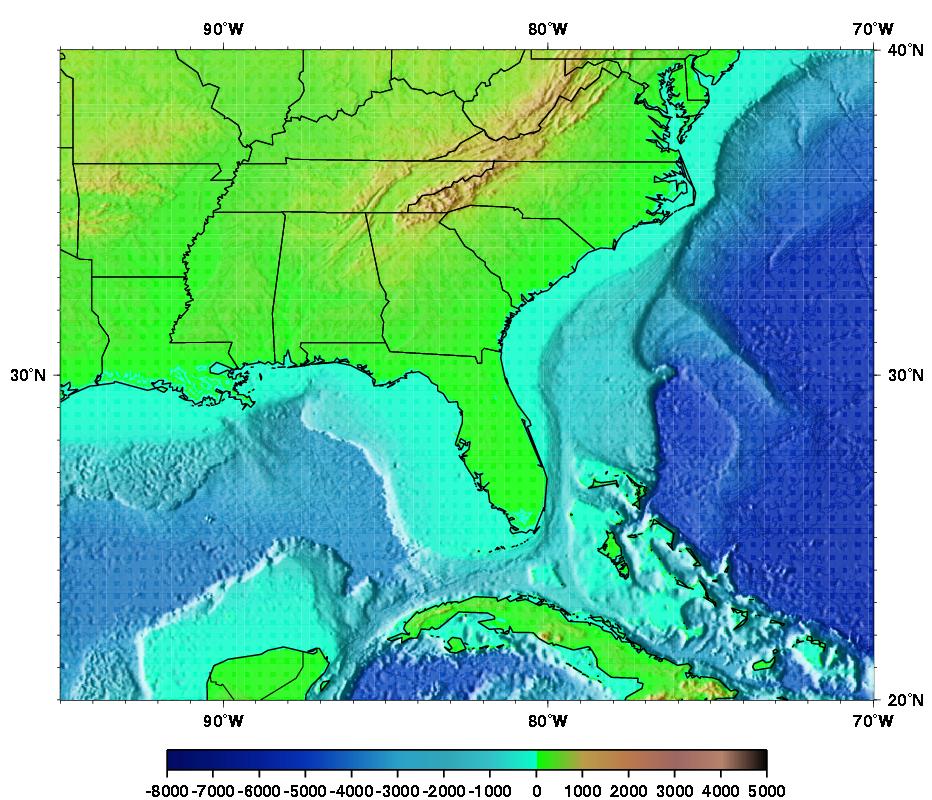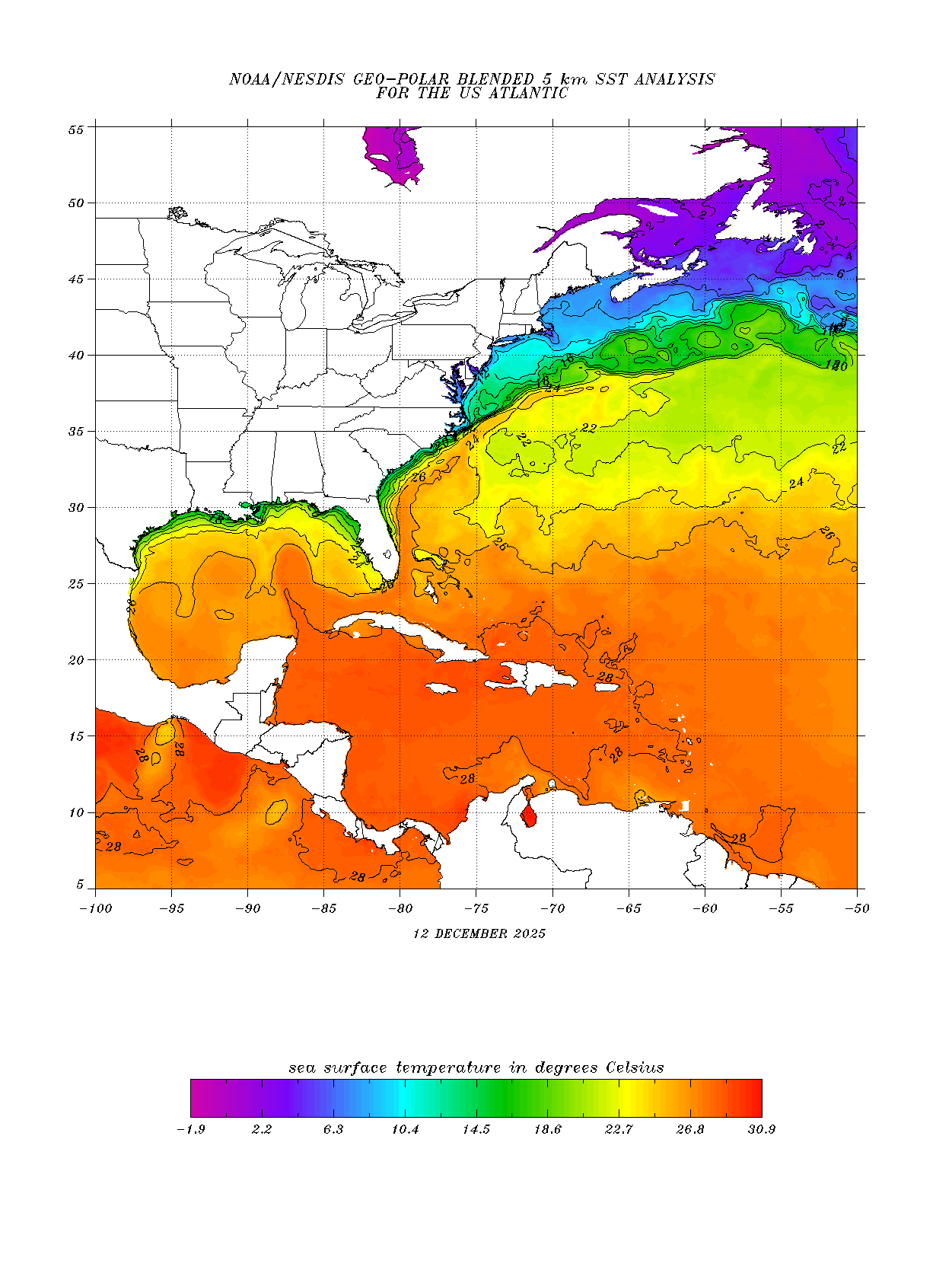St0rmTh0r wrote:Hammy wrote:St0rmTh0r wrote:I got that from supercane4867 who informed me that the monthly CFS predicted on june 26th there would only be 1 storm in July.
Going by raw pressure doesn't work because of the low resolution , I usually loop the model start to finish and have to interpret what I see (doing this gives a more accurate result)
https://www.weatheronline.co.uk/cgi-bin/expertcharts?LANG=en&MENU=0000000000&CONT=noat&MODELL=cfs&MODELLTYP=1&BASE=-&VAR=pslv&HH=12&ZOOM=0&WMO=&ARCHIV=0&LOOP=1&RES=0
A lot of it is extrapolation mind you, and have to use four different maps--Atlantic wide view, and for a bit higher res, Caribbean/Gulf/East Coast. I don't post these daily because it's fairly time consuming to get to a single run's conclusion. Some examples for the maps, for anyone else who might be interested in how this works (I don't use the numerical output as it's essentially useless)
https://i.imgur.com/jzUkROt.png
A "tropical storm" off the east coast
https://i.imgur.com/3lEuV9V.png
Going by size and pressure, this is more than likely a major hurricane, not a tropical storm as it shows up
https://i.imgur.com/eY8sJsS.png
A couple of weak lows or open waves?
https://i.imgur.com/w0rMexd.png
More than likely a tropical storm as well as a second one behind it (though with some smaller recurving storms being at hurricane intensity can't be ruled out--I don't have a zoom for the central Atlantic or MDR)
https://i.imgur.com/UoAfKCU.png
Gulf gets tricky--this is the CFS run for 92L, pretty sure a standard resolution or wind map would have this at a tropical storm but there's also a persistent low pressure that contrasts to the higher pressure over Mexico.
https://i.imgur.com/ZiOHaYK.png
It gets lost in the lowered pressures in the Gulf, difficult to say if it's still there or not, and Gulf storms (especially weaker ones) are often under-counted for this reason
These are not very high quality images or anything but it's the best that exists for getting wider trends beyond rainfall (which doesnt tell you if there are storms or just strong waves with shear) and often gives a good idea when and where the activity will be, and how much, albeit not an exact or correct number. Smaller storms are likely undercounted as it's difficult to tell if they're storms or waves on this, and I don't count anything north of 35 (hence mainly focusing on MDR activity) because unless it originates further south, theres no way to tell if it's tropical or not without a wind profile (which is not available here)
I see your point bud how would this compare to other active years like 2017 and 2010? Dont know if this model was being used then but it would be interesting to compare and see if forecasts verified.
I do remember it for a time showing a quiet and busy Atlantic in 2017 (it sort of windshield wipes the more months out you go, as the shorter range models do at the several day mark) but once getting to within a few months did show a lot of storms going through the Caribbean. I can't say anything about 2010 as 2014 was the first season I really paid attention to it, and really only a few times during the 14-15 seasons as I was unsure exactly what the model was.
I do remember Michael being forecast within a week's accuracy about two months out in 2018 which really gave the model credibility for me.
















